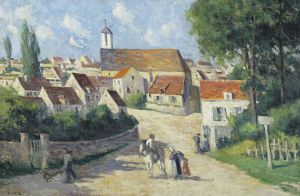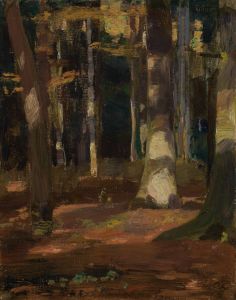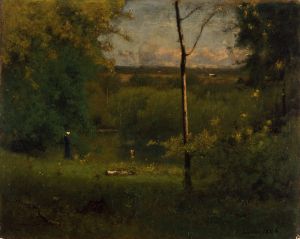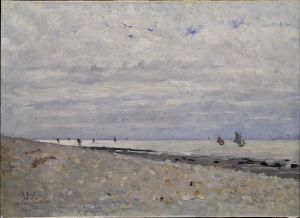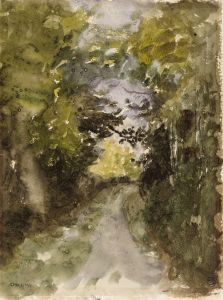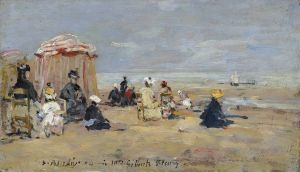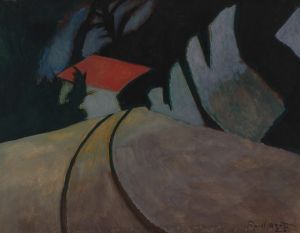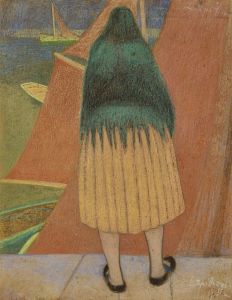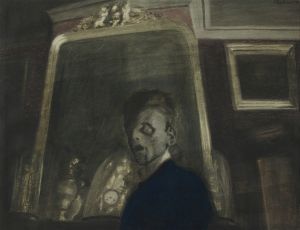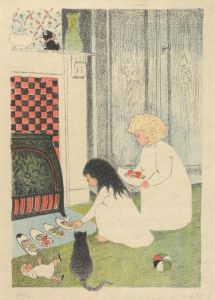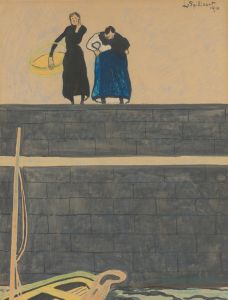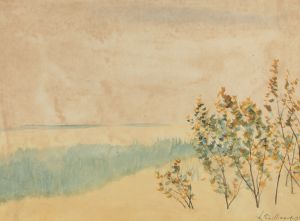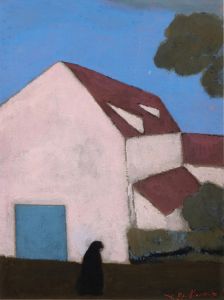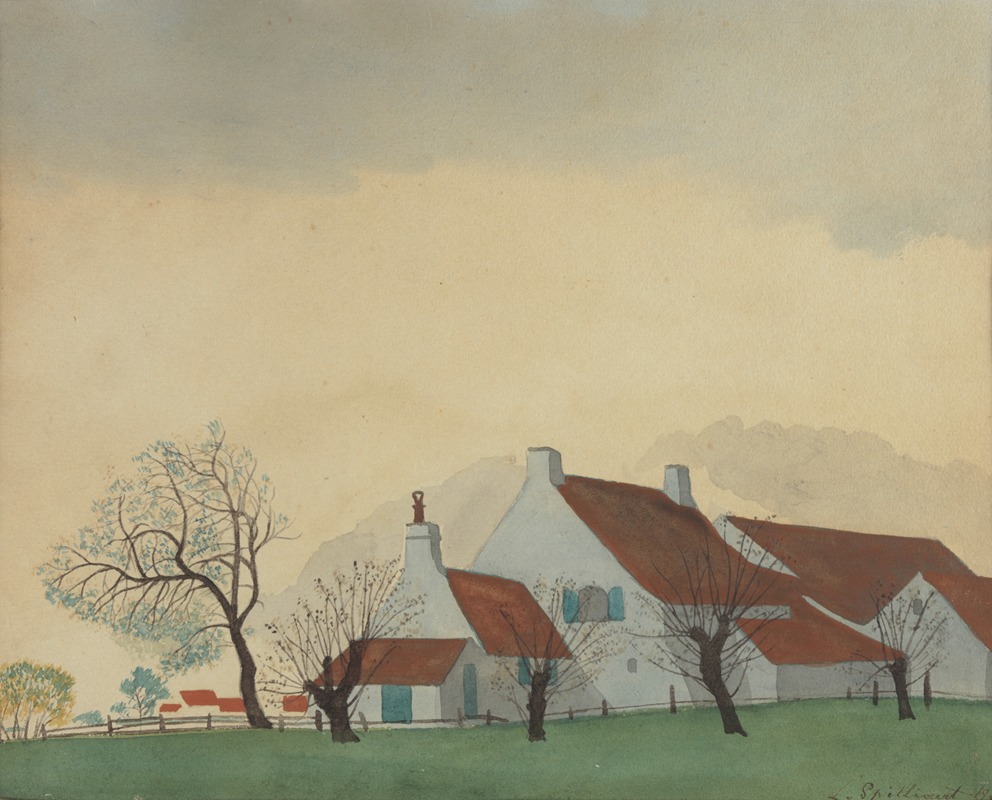
Landschap met hoeve
A hand-painted replica of Léon Spilliaert’s masterpiece Landschap met hoeve, meticulously crafted by professional artists to capture the true essence of the original. Each piece is created with museum-quality canvas and rare mineral pigments, carefully painted by experienced artists with delicate brushstrokes and rich, layered colors to perfectly recreate the texture of the original artwork. Unlike machine-printed reproductions, this hand-painted version brings the painting to life, infused with the artist’s emotions and skill in every stroke. Whether for personal collection or home decoration, it instantly elevates the artistic atmosphere of any space.
Landschap met hoeve, translated as "Landscape with Farm," is a painting by the Belgian artist Léon Spilliaert. Spilliaert, born in Ostend, Belgium, in 1881, is renowned for his unique style that blends symbolism and expressionism. His works often explore themes of solitude, introspection, and the mystical aspects of the natural world, which are evident in many of his landscapes and seascapes.
Léon Spilliaert was largely self-taught, although he briefly attended the Academy of Fine Arts in Bruges. His artistic development was influenced by his interactions with the literary and artistic circles of his time, including figures like the poet Émile Verhaeren. Spilliaert's work is characterized by its atmospheric quality, often achieved through the use of muted colors and stark contrasts, creating a sense of depth and emotion.
Landschap met hoeve is a testament to Spilliaert's ability to capture the essence of a scene with minimalistic yet evocative detail. The painting depicts a rural landscape, featuring a farmhouse set against a backdrop that suggests a sense of isolation and tranquility. Spilliaert's use of color and form in this piece reflects his interest in the interplay between light and shadow, a technique he employed to convey mood and emotion rather than mere representation.
The painting is notable for its composition, which draws the viewer's eye towards the central elements of the farmhouse and the surrounding landscape. Spilliaert's use of perspective and his careful attention to the balance of elements within the painting create a harmonious yet haunting scene. The farmhouse, often a symbol of stability and domesticity, is juxtaposed against the vastness of the landscape, highlighting themes of solitude and introspection that are prevalent in Spilliaert's work.
Throughout his career, Spilliaert was influenced by various artistic movements, including symbolism and expressionism, which is evident in Landschap met hoeve. His work often reflects a deep psychological insight, exploring the inner workings of the human mind and its relationship with the environment. This painting is no exception, as it invites viewers to contemplate the serene yet enigmatic qualities of the rural setting.
Spilliaert's landscapes, including Landschap met hoeve, are often seen as a reflection of his own introspective nature and his fascination with the metaphysical aspects of the world around him. His ability to convey complex emotions through simple yet powerful imagery has earned him a place among the notable artists of his time.
Landschap met hoeve, like many of Spilliaert's works, continues to be appreciated for its artistic merit and its ability to evoke a sense of mystery and contemplation. The painting is a fine example of Spilliaert's skill in capturing the subtle nuances of the natural world and the human experience, making it a significant piece in the study of early 20th-century Belgian art.





